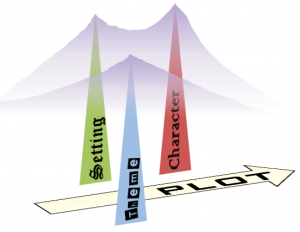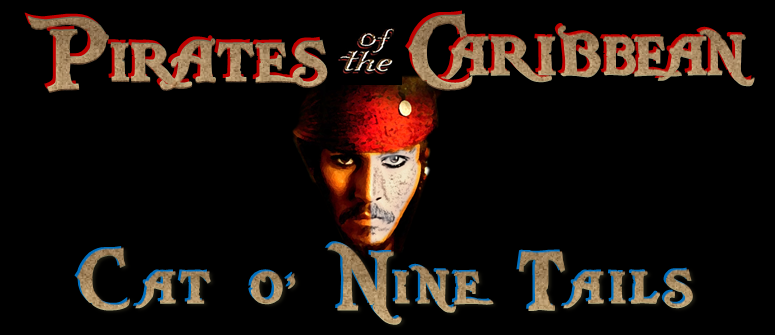
 I explained the theory of “tent-poles” in Part 1: What makes a powerful story is simply having tent-poles in the three spatial dimensions of setting, character, and theme plus the temporal dimension of plot. Little snippets of imagery for setting, dialogue/interaction for character, ideas sprinkled here and there for theme, and diagrammed events to sketch out a plot are enough.
I explained the theory of “tent-poles” in Part 1: What makes a powerful story is simply having tent-poles in the three spatial dimensions of setting, character, and theme plus the temporal dimension of plot. Little snippets of imagery for setting, dialogue/interaction for character, ideas sprinkled here and there for theme, and diagrammed events to sketch out a plot are enough.
Even if the language draped over these tent-poles is mediocre, the story will carry readers along. Take Dan Brown or George R. R. Martin as examples.
I think writers instinctively set up tent-poles when sketching out their narratives, but it helps immensely to understand the types of tent-poles. Miss one of these types, and the sketch suffers. Miss several, and you’re sketching a crap story. It also pays to keep them in mind when writing an effective summary for your query letter.
And a story blurb? Check out this format: “In a world where … [setting] … one man/woman must … [character+plot] … but can he/she do this and also … [plot+theme]?” The tent-poles are right there.
As an example, in Part 1 set up these tent-poles for the first of a hypothetical sequel trilogy in the Pirates of the Caribbean franchise. I wanted to use a world familiar to most readers so the absence of little details would not stand in the way. After you take a peek at Part 1, check out the tent-pole sketches for the next film:



 I haven’t been posting about everything I read lately. To be honest, the constant updating was a bit tedious and the feedback lukewarm.
I haven’t been posting about everything I read lately. To be honest, the constant updating was a bit tedious and the feedback lukewarm.